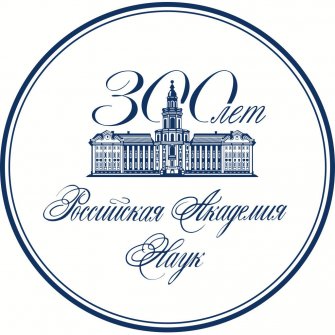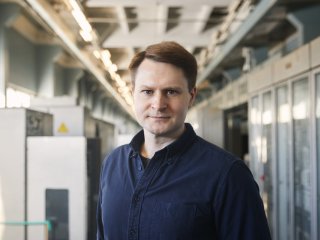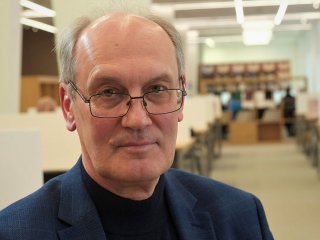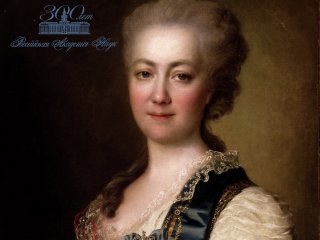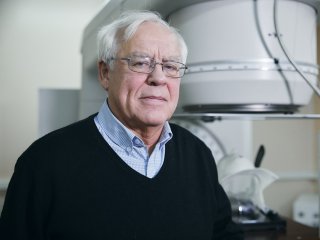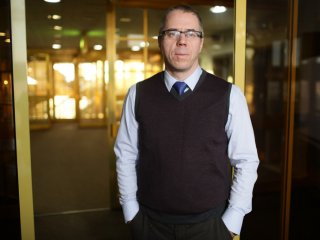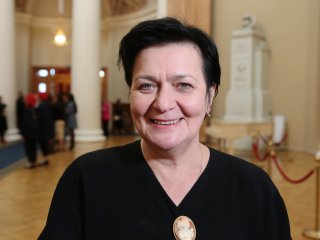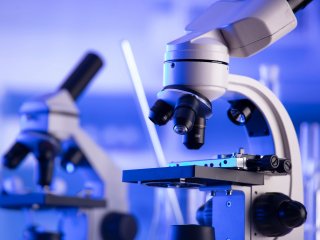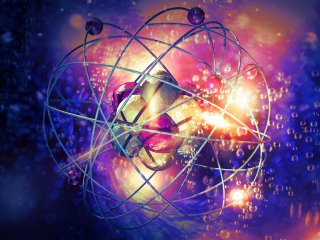The Russian Academy of Sciences (RAS) is the highest scientific institution in Russia. The Academy sees its major goals in the organization and implementation of basic and applied scientific research into problems of natural, technical, human and social sciences with the objective of obtaining new knowledge about the laws of natural, social and human development to contribute to the technological, economic, social and cultural development of Russia. The functions of RAS include expert assessment of domestic and global basic and applied research, as well as the development of a research roadmap for different fields of Russian science.
On February 8th, 1724, the Russian Academy of Sciences was established by a Decree of the Government Senate at Emperor Peter the Great’s orders.
For this reason, February 8th is traditionally celebrated in Russia as the Day of Russian Science. In 1925 the Academy was transformed into the Academy of Sciences of the USSR, and on November 21st, 1991 the Decree of the President of the Russian Federation re-established it as the Russian Academy of Sciences.
Based on the results of the latest elections held with an unprecedented openness in November 2019, the ranks of the Russian Academy of Sciences include 2042 fellows, including 898 academicians and 1144 associated fellows.
Scientific organizations under the Russian Academy of Sciences number about 550 institutions, including institutes, scientific centers, observatories, research stations, botanical gardens, libraries, archives, museums and nature reserves. More than 55 thousand scientific staff work within the walls of these organizations.
Following traditions, RAS ensures the freedom of scientific creativity of scientists for the benefit and prosperity of the country. As the highest scientific organization of Russia, the Russian Academy of Sciences takes part in the coordination of basic scientific research carried out at the expense of the federal budget by scientific organizations and institutions of higher professional education.
The Russian Academy of Sciences is organized along the lines of sciences/industries and territorial division and includes 13 branches (in the fields of science) and 3 regional branches, as well as 15 regional scientific centers. In addition, depending on specific scientific tasks, the structure of the RAS may be expanded by establishing scientific councils on most relevant research problems, interdepartmental councils, committees and commissions, national committees for participation of the Academy in the activities of international scientific organizations.
The Academy is managed by the Presidium of the Russian Academy of Sciences consisting of the President, Vice-Presidents, Chief Academic Secretary of the Presidium, Academic Secretaries of branch departments of the Academy, Chairmen of Regional Branches, Chairman of the St. Petersburg Scientific Center, as well as other members of the Presidium elected by the General Assembly of RAS pursuant to Article 31 of its Statute. The President of RAS is elected from the fellows of the Academy by the General Assembly of RAS. Fellows of the Academy are elected simultaneously for a 5-year term.
The Russian Academy of Sciences enjoys great authority, both in the world scientific community and at all levels nationwide.
The Academy maintains relations with scientific societies and associations some of which date back to the 19th century. These include the Russian Geographical Society, the Russian Physiological Society named after I.P. Pavlov, the Russian Philosophical Society, the Vavilov Society of Geneticists and Breeders and a score of other similar organizations. The societies carry out tremendous work on coordinating scientific research, attracting scientists and practical researchers to the solution of pure and applied problems. Much effort is made by scientific societies and associations to promote and propagandize knowledge about the latest developments in science and technology. Like the Academy itself, these organizations have branches across Russia’s regions as well as a wide network of international connections.
In June 2013, Russia launched a large-scale reform of the operation of the Russian Academy of Sciences initiated at the behest of the Ministry of Education and Science of the Russian Federation representing the Government of the Russian Federation. From its earliest days, the reform has evoked a negative response from the scientific community and from the leadership of RAS alike.
However, in the face of scientists’ protests, on September 27th, 2013, Law No. 253-FZ of the Russian Federation was adopted to regulate future activities of RAS. The law established the goals of the Academy within the framework of state science and technology policy; vested the Academy with special powers, rights and obligations to the State; and specified special conditions of state regulation and state participation in various aspects of RAS activities, including its reorganization, liquidation, financing and reporting to the head of state and the government of the country. Currently the Russian Academy of Sciences continues to work in the new post-reform reality, carrying out all statutory functions to further the development of basic and applied scientific research in Russia.
